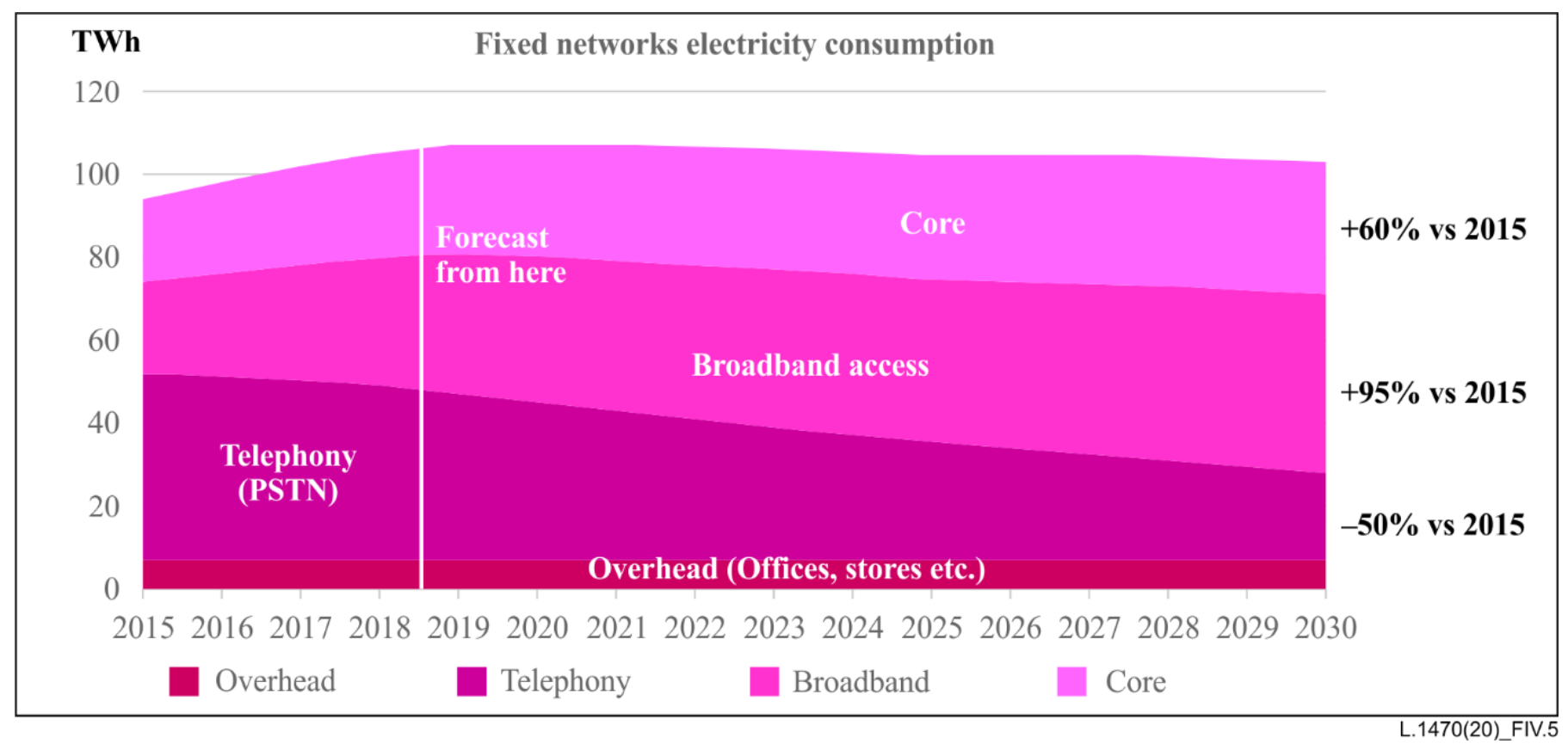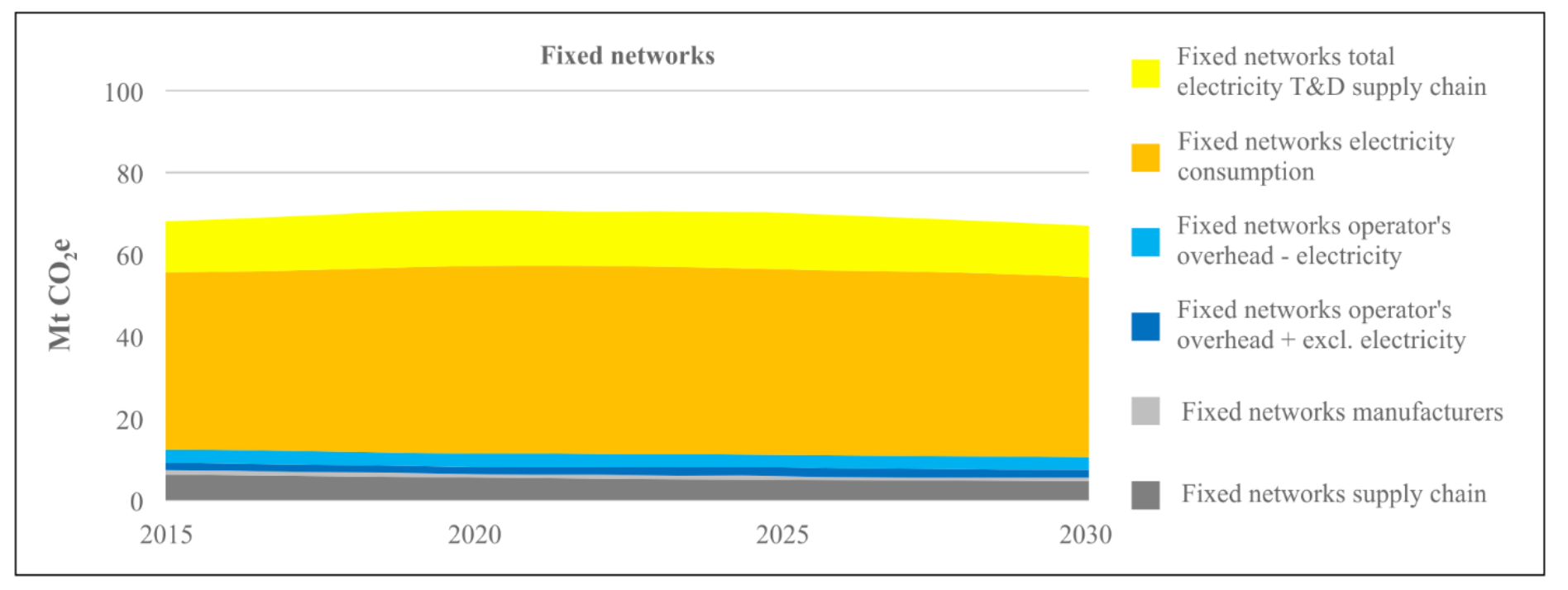L.1470 : Greenhouse gas emissions trajectories for the information and communication technology sector compatible with the UNFCCC Paris Agreement
Status:: 🟩
Links::
Metadata
Authors:: ITU,
Title:: L.1470 : Greenhouse gas emissions trajectories for the information and communication technology sector compatible with the UNFCCC Paris Agreement
Date:: 2020
Publisher:: ITU
URL:: https://standards.globalspec.com/std/14234996/itu-t-l-1470
DOI::
ITU (2020) ‘L.1470 : Greenhouse gas emissions trajectories for the information and communication technology sector compatible with the UNFCCC Paris Agreement’. Geneva: ITU. Available at: https://standards.globalspec.com/std/14234996/itu-t-l-1470 (Accessed: 22 October 2024).
This Recommendation provides detailed trajectories of greenhouse gas (GHG) emissions for the global information and communication technology (ICT) sector and sub-sectors that are quantified for the year 2015 and estimated for 2020, 2025 and 2030. In addition, it defines a long-term ambition for 2050. The trajectories, the long-term ambition and the 2015 baseline have been derived in accordance with [ITU-T L.1450] and through complementary methods in support of the 1.5°C objective described by the IPCC in its Special report: Global warming of 1.5°C [b-IPCC 1.5] and in support of the Science Based Targets (SBT) initiative.
This edition of this Recommendation includes mobile networks, fixed networks, data centres, enterprise networks and end-user devices, but excludes ICT services.
The 1.5°C trajectories are developed from two different perspectives as follows.
-
A life cycle-based carbon footprint of the ICT sector to help ITU as the United Nations (UN) agency concerned with ICT to establish a clear view regarding ICT´s potential climate impacts in a 1.5°C scenario.
-
An ICT sector trajectory in support of the SBT initiative to help ICT companies to set 1.5°C aligned targets in line with science is the main focus of the collaboration between the SBT initiative, GSMA, GESI and ITU. As a next step, guidance will be developed to help companies to set their own science-based targets in line with these trajectories.
The difference between the two perspectives A and B is that the latter does not allocate to the sector emissions related to the electricity supply (ES) chain and grid losses associated with the use of electricity in the ICT sector. The former more inclusive approach is aligned with life cycle assessment (LCA) practice and is in line with other Recommendations in the ITU-T L.1400 series. The latter approach is established as company accounting practice by the GHG protocol.
As the ICT sector is fast moving the trajectories developed at this point will need regular review over coming years.
Notes & Annotations
Color-coded highlighting system used for annotations
📑 Annotations (imported on 2024-10-22#10:16:55)

Table III.2 – Embodied carbon footprint for network deployment and construction in Sweden and globally (estimated from Swedish data)
Embodied emissions of mobile networks are calculated to remain at 2 kg CO2e/subscription and year based on [b-Malmodin 2018a] and [b-Malmodin 2018b].

Figure IV.4 – Mobile network footprint 2015–2020 (with unchanged grid emission factor)

Figure IV.5 – Fixed networks electricity consumption
Embodied emissions of fixed networks are calculated as 4kg CO2e/subscription and year based on [b-Malmodin 2018a]. Overall manufacturing is expected to decrease.

Figure IV.6 – Fixed network footprint 2015–2030 (with unchanged grid emission factor)